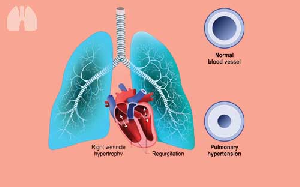
Abstract
Background
The benefits of preoxygenation with non-invasive respiratory supports (NRS), including high-flow oxygen therapy (HFOT) and non-invasive ventilation (NIV), compared to conventional oxygen therapy (COT) during emergency endotracheal intubation (ETI) remain unclear.
Research question
This network meta-analysis aims to evaluate whether preoxygenation with NRS is more effective than COT in minimizing the lowest recorded peripheral capillary oxygen saturation (SpO2) during emergency ETI.
Methods
A comprehensive literature search was conducted (PROSPERO-CRD42024606842) across Medline, Embase, Scopus. The PICOS criteria were: P) critically ill adult patients requiring emergency ETI; I) randomization for receiving preoxygenation with NRS; C) randomization for COT; O) the lowest recorded SpO2 during emergency intubation (and additional secondary outcomes); S) randomized clinical trials (RCTs).
Results
Fifteen RCTs (2939 patients) met the inclusion criteria. Compared to COT, all NRS methods improved the lowest SpO2 during emergency ETI (mean difference (MD) for HFOT was 1.50, 95% CI 0.43–2.58, p=0.006; for NIV was 3.30, 95% CI 1.81–4.79, p<0.001) (low evidence). Moreover, NIV reduced the occurrence of severe desaturations (SpO2<80%) (OR 0.31, 95%CI 0.15–0.61, p<0.001) (very low evidence). Finally, preoxygenation with NRS did not increase the risk of complications (including aspiration, hypotension, barotrauma, arrhythmia, or cardiac arrest), and no differences were found in postintubation gas exchange, mechanical ventilation, or mortality compared to COT.
Interpretation
During emergency ETI in critical care areas, despite a low certainty of evidence, preoxygenation with NRS overperformed COT in maintaining SpO2. Only NIV reduced the incidence of severe desaturation, while the risk of complications and adverse events was similar across different preoxygenation devices.














